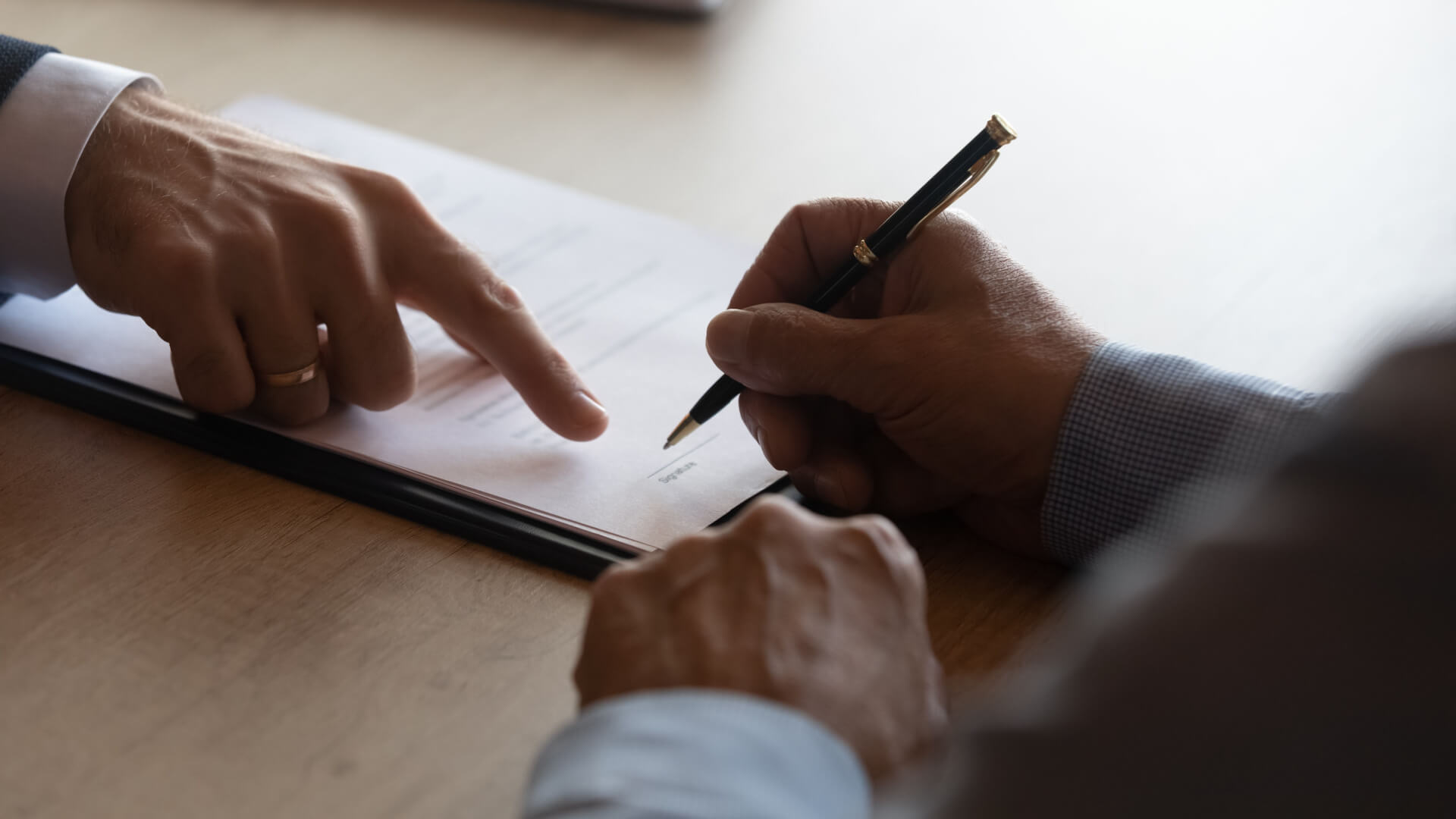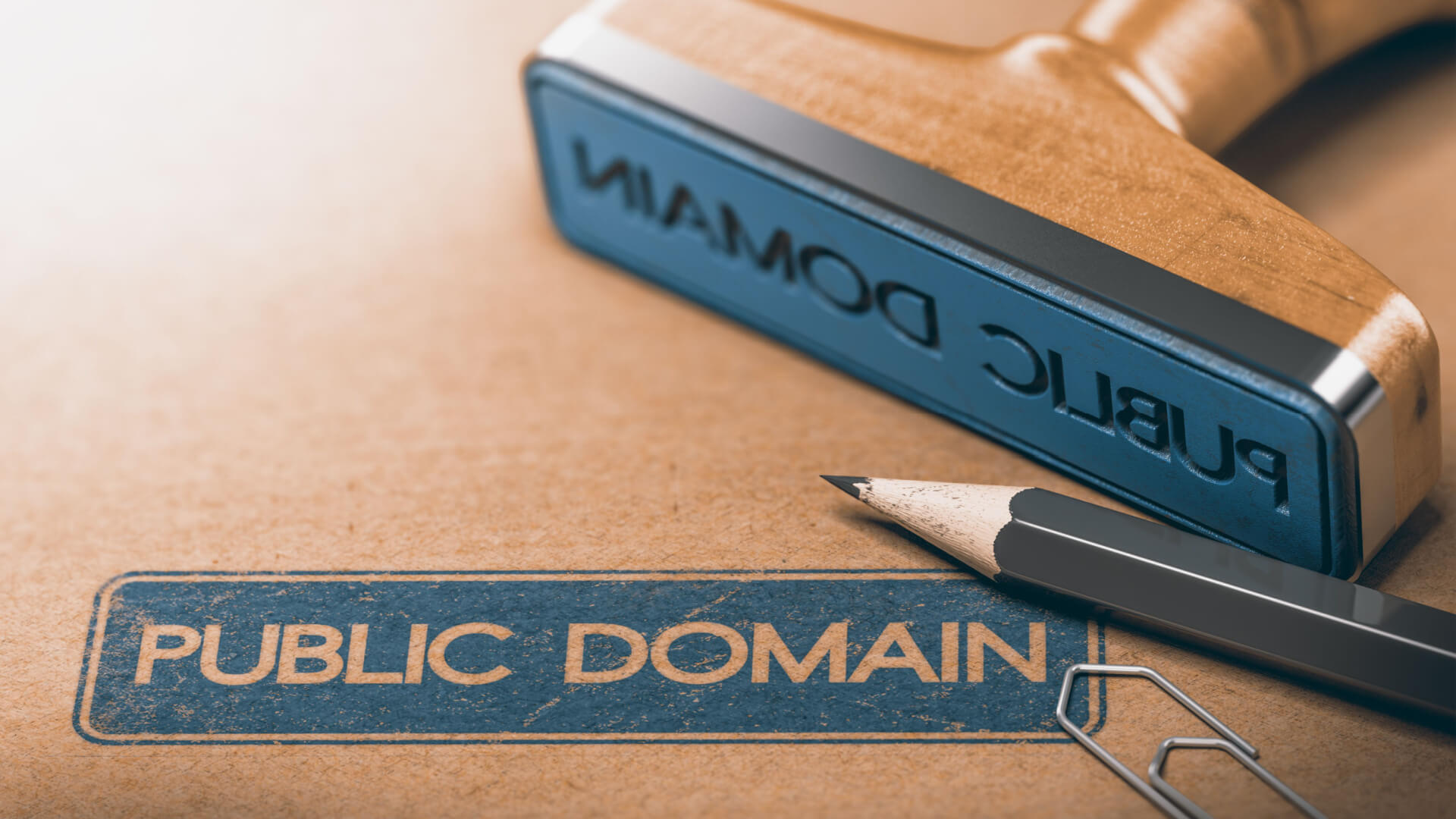Filing a patent is the best and the only way to safeguard your innovations. But this is a step you shouldn’t take lightly. The U.S. Patent and Trademark Office received 589,155 utility patent applications last year but approved only 325,445. That means approximately 55% of the utility patents got approved.
You can’t afford to make mistakes that may jeopardize your chances of success, especially when the process is anything but simple. You may find it rather daunting and complex. But as utility patent attorneys, we have vast experience with the intricacies of this process.
Learn the common pitfalls of utility patent applications and how to overcome them here.
What Is Utility Patent?
A utility patent is a form of intellectual property protection that you, the inventor, can get for a new, useful, and non-obvious invention or discovery. Utility patents cover a wide range of inventions, including processes, machines, manufactured items, and compositions of matter such as chemicals or new materials.
The goal of getting a utility patent is to exclude others from making, using, selling, or importing your patented invention. This patent is valid for 20 years from the date of filing. However, the patent application goes through a thorough examination before getting the approval.
Understanding the Common Mistakes to Avoid When Applying for a Utility Patent
Let’s now learn more about the common pitfalls involved in applying for a utility patent. Be sure to keep the following in mind when submitting your application.
#1. Insufficient Research and Documentation
One of the gravest mistakes you can make is neglecting thorough research before filing a utility patent application. Thorough research ensures you have a clear understanding of existing technologies and protects you from infringing on someone else’s intellectual property.
Failing to conduct such a search can lead to severe consequences, including costly lawsuits and the loss of valuable time and resources. In short, you must:
- Conduct thorough research to ensure your invention is unique.
- Look for existing patents and prior art that might be similar to yours.
- Document every aspect of your invention meticulously, including sketches, prototypes, and detailed descriptions.
Remember, the more comprehensive your research and documentation, the stronger your patent application will be.
#2. Inadequate Patent Description
Your utility patent needs a clear and comprehensive description. It serves as a blueprint for understanding your innovation. In other words, it also helps USPTO officers understand and validate your patent claim.
Common errors that lead to inadequate patent descriptions include vague language, ambiguous terms, and missing critical details. These shortcomings can lead to misunderstandings and disputes. They can even render your patent unenforceable.
Instead, keep your description as detailed as possible. Explain the structure, functionality, and potential applications of your innovation. Best practices also involve:
- Providing real-world examples and use cases
- Anticipating potential variations
- And addressing possible modifications
Also, if you need help, hire a utility patent attorney to check and improve your description.
#3. Poorly Drafted Patent Claims
The patent claims are the heart of your utility patent application. They define the boundaries of your invention and what you intend to protect. Vague claims lack specificity. This makes it hard to enforce your patent. On the other hand, overly broad claims might lead to rejection as they lack novelty due to prior art.
Clear and well-defined claims are precise. So, avoid vague language. Instead, strike a balance. Keep your claim broad enough to cover potential infringement and narrow enough to avoid prior art.
Seek professional help from a utility patent attorney to draft concise and specific claims. And remember, well-crafted patent claims are easy to defend.
#4. Delaying Your Utility Patent Application
When it comes to patent applications, timing is everything. Waiting too long to file a patent application can cost you dearly. With the advent of the first-to-file system, the first inventor to file a patent application generally gets the patent rights. Therefore, file your application as soon as your invention is ready.
Any public disclosure of your invention before filing a patent application can jeopardize your chances of getting one. When timing your utility patent application, consider the maturity of your invention, its market readiness, and potential competitors. A timely filing safeguards your intellectual property, and it gives you a competitive edge in the market.
#5. Inadequate Patent Drawings and Diagrams
Clear and precise drawings and diagrams are indispensable in utility patent applications. They visually explain your invention, including how it works. Drawings and diagrams can also help explain how unique your invention/product is.
However, don’t go overboard with your drawings and diagrams. Unclear or overly complex illustrations often hinder understanding. To create high-quality patent drawings, simplicity is key. Use professional software or hire skilled illustrators to ensure accuracy and clarity.
- Depict the invention from multiple angles, but focus on essential features.
- Keep your labels and numbering legible.
- Ensure consistency in style and scale.
- Follow patent office guidelines meticulously.
High-quality drawings enhance the chances of a successful utility patent application. They help the examiners understand your innovation swiftly and accurately.
#6. Ignoring the Duty of Disclosure
As an applicant, you have a legal obligation to provide all relevant information to the patent office. It’s called the duty of disclosure. Not doing so can have serious consequences. The USPTO can declare your patent invalid.
You must be transparent to fulfill this duty while maintaining patent strength. Disclose all known prior art to the examiners, even if it seems unfavorable. Also, thoroughly search for relevant information and submit it promptly.
Honest and open communication with patent examiners is crucial. By doing so, you demonstrate integrity. But more importantly, it shows that you are upholding ethical standards in the utility patent application process.
#7. Choosing the Wrong Patent Type
The USPTO accepts and grants different types of patents. You can apply for plant, design, utility patents, and others. You should choose the right patent type to ensure swift and efficient completion of your application.
Utility patents cover new and useful processes, machines, or compositions of matter. On the other hand, design patents protect the ornamental appearance of functional items. They focus on aesthetics.
The best way to identify the type of patent you need is to determine the purpose of your invention. If functionality is paramount, opt for a utility patent. If the key feature is the visual design, go for a design patent. Consulting a utility patent attorney can also help clear your confusion.
#8. Inadequate Proof of Concept
Perhaps the most vital part of the patent application process is demonstrating the practicality and functionality of your invention. So, you will need a clear, viable proof of concept to validate the feasibility of your invention. It will also strengthen your utility patent application.
So, thoroughly document your entire development process. Include detailed descriptions, images, and videos in your application.
Conduct rigorous testing and gather comprehensive data showcasing the functionality and advantages of your invention over existing products. Collaborate with experts or professionals in relevant fields to enhance credibility.
#9. DIY Patent Applications
Attempting a DIY patent application poses significant risks. If you make errors, your application may get rejected. You should contact one of our utility patent attorneys as soon as possible. Our seasoned lawyers can:
- Guide you through the process
- Ensure accurate filings
- Offer comprehensive protection against potential risks
- Increase your chances of utility patent approval
But when choosing a professional, consider their experience and specialization in utility patent law. Other factors you need to consider include:
- Effective and proactive communication
- Ability to understand your invention thoroughly
- Experience in handling cases similar to yours
- Easy accessibility and availability
Your lawyer will guide you through the complex patenting process. They will significantly increase the likelihood of a successful and robust patent application.
Talk to Our Utility Patent Attorneys Today
Patent application is a complicated but crucial process. But if you do it carefully with the help of an attorney, you can file your application without issue. It will also increase the chances of getting your utility patent. You will need to conduct thorough research, draft crystal-clear patent specifications and claims, file your application promptly, create high-quality drawings, fulfill the duty of disclosure, choose the right patent type, and provide a convincing proof of concept. To do this, you should hire a skilled utility patent attorney as soon as possible.
Do you need help with your utility patent application? Trained lawyers at Emerson Thomson Bennett can help you. Contact us to schedule a free consultation.





